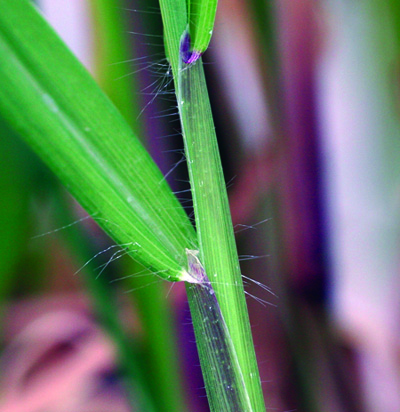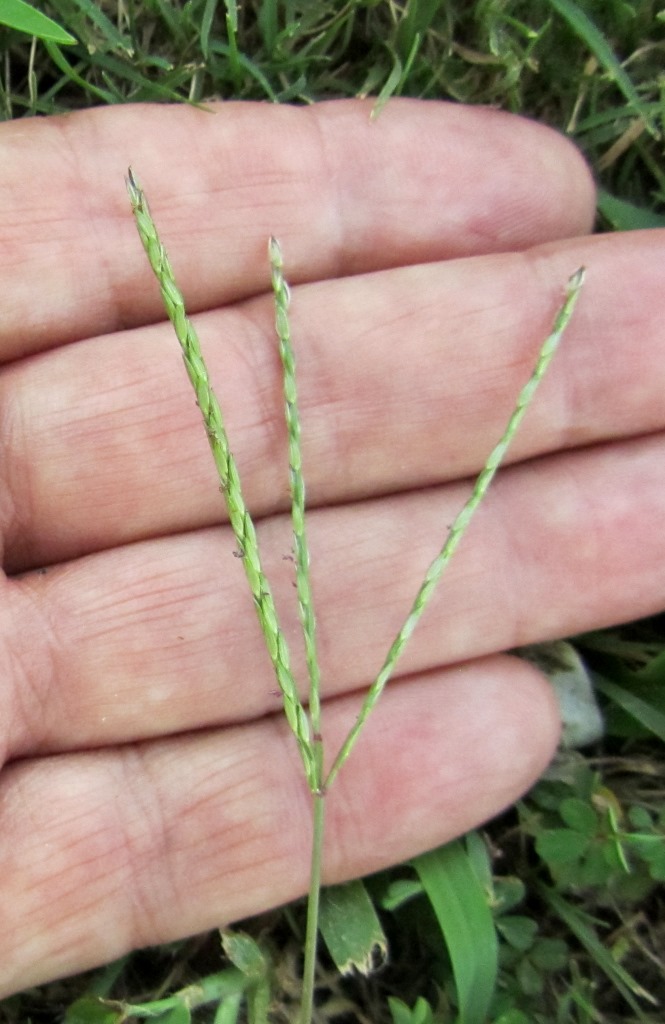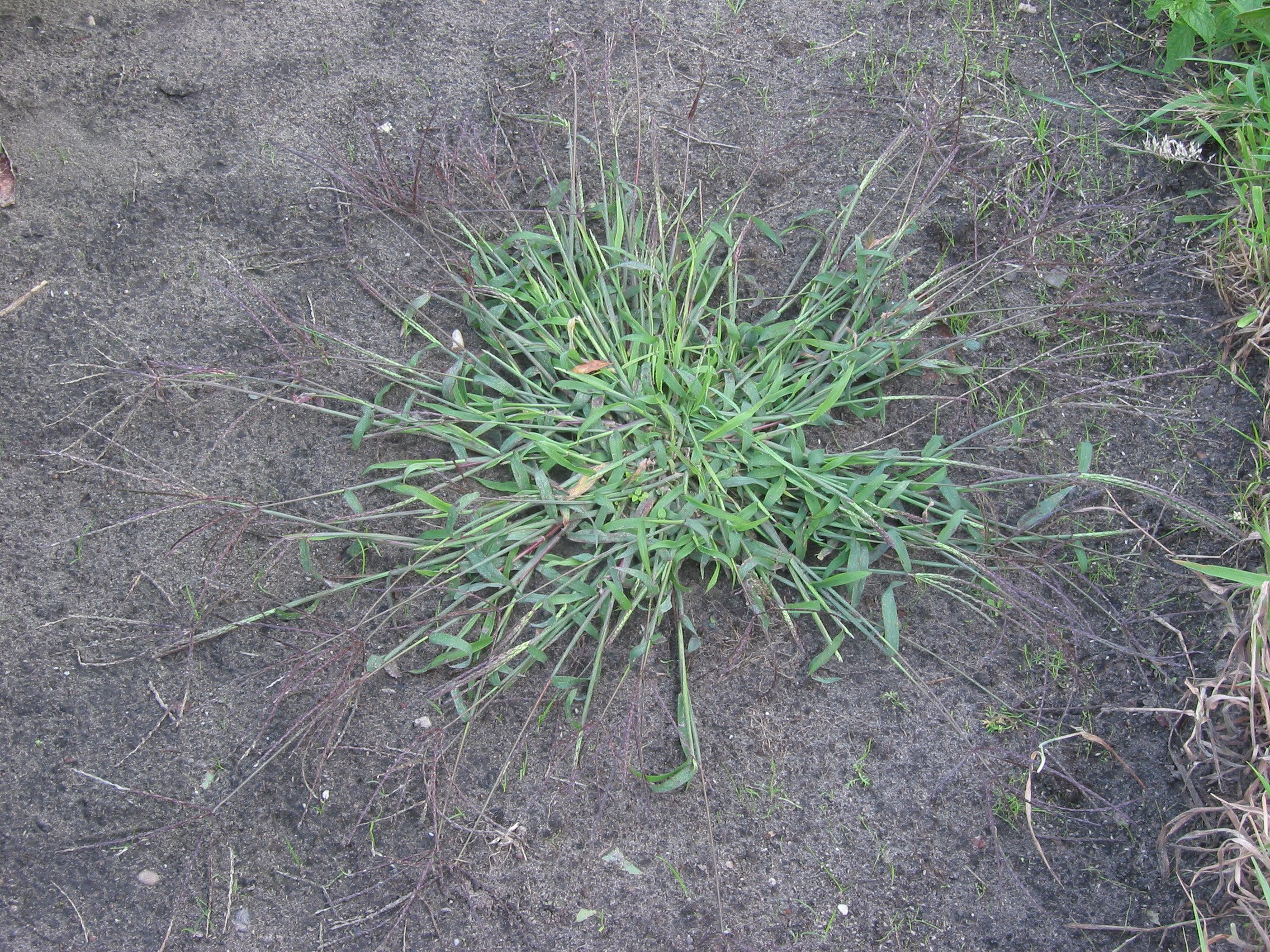Say Goodbye To Crabgrass: The Ultimate Guide To Getting Rid Of This Weed
Say Goodbye to Crabgrass: The Ultimate Guide to Getting Rid of This Weed
Crabgrass is a common weed that can quickly take over a lawn if it's not controlled. It's a warm-season grass that germinates in the spring and grows rapidly in the summer. Crabgrass can be difficult to get rid of, but there are a number of effective methods.
In this blog post, we'll discuss the different ways to get rid of crabgrass, including:
- Hand-pulling
- Pre-emergent herbicides
- Post-emergent herbicides
- Natural methods
We'll also provide tips on how to prevent crabgrass from coming back in the future.
What is Crabgrass?
Crabgrass is a type of grass that is not native to North America. It was first introduced to the United States in the early 1800s, and it has since become one of the most common weeds in the country.
Crabgrass is a warm-season grass, which means that it germinates in the spring and grows rapidly in the summer. It prefers full sun and sandy soil, but it can also grow in other types of soil.
Crabgrass is a prolific seed producer, and each plant can produce up to 150,000 seeds. These seeds can remain viable in the soil for up to five years, which means that crabgrass can be a difficult weed to control.
How to Identify Crabgrass
Crabgrass is a low-growing grass with a spreading habit. It has long, narrow leaves that are arranged in a V-shape. The leaves are light green in color, and they have a serrated edge.
Crabgrass can be difficult to identify, especially when it's young. However, there are a few key features that can help you to distinguish it from other grasses.
- Crabgrass leaves are arranged in a V-shape, while the leaves of other grasses are usually arranged in a parallel or whorled pattern.
- Crabgrass leaves have a serrated edge, while the leaves of other grasses are usually smooth.
- Crabgrass seedlings have three leaves, while the seedlings of other grasses usually have two leaves.
How to Get Rid of Crabgrass
There are a number of effective methods for getting rid of crabgrass. The best method for you will depend on the severity of the infestation and your personal preferences.
Hand-pulling
Hand-pulling is the most effective way to get rid of small infestations of crabgrass. Be sure to pull the entire plant out, roots and all, to prevent it from resprouting.
Pre-emergent herbicides
Pre-emergent herbicides are applied to the lawn before crabgrass seeds germinate. They work by blocking the seeds from absorbing water and nutrients, which prevents them from germinating.
Pre-emergent herbicides are most effective when applied in the spring, before crabgrass seeds start to germinate. However, they can also be applied in the fall to prevent crabgrass from germinating the following spring.
Post-emergent herbicides
Post-emergent herbicides are applied to the lawn after crabgrass has already germinated. They work by killing the crabgrass plants.
Post-emergent herbicides are most effective when crabgrass is young and actively growing. However, they can also be effective on older crabgrass plants.
Natural methods
There are a number of natural methods that can be used to get rid of crabgrass. These methods include:
- Boiling water: Pouring boiling water directly onto crabgrass plants will kill them.
- Vinegar: Applying undiluted vinegar to crabgrass plants will kill them.
- Cornmeal: Spreading cornmeal on the lawn will prevent crabgrass seeds from germinating.
Preventing Crabgrass
The best way to prevent crabgrass is to take steps to improve the health of your lawn. A healthy lawn is less susceptible to crabgrass infestations.
Here are some tips for preventing crabgrass:
- Aerate your lawn regularly. This will help to improve drainage and reduce the amount of thatch in your lawn.
- Fertilize your lawn properly. Crabgrass is more likely to invade lawns that are not getting enough nutrients.
- Mow your lawn regularly. This will help to keep crabgrass from getting established.
Conclusion
Crabgrass can be a difficult weed to control, but it's not impossible. By using the methods described in this blog post, you can get rid of crabgrass and keep it from coming back.
Crabgrass is a common weed that can quickly take over a lawn. If you're struggling with crabgrass, you're not alone. But don't worry, there are plenty of things you can do to get rid of it.
One of the best places to learn more about crabgrass and how to control it is Garden Wiki. This website has a wealth of information on crabgrass, including its identification, life cycle, and control methods.
Garden Wiki also has a blog where you can find articles on a variety of lawn care topics, including crabgrass. The blog is updated regularly with new content, so you can always be sure to find the latest information on crabgrass control.
If you're serious about getting rid of crabgrass, I highly recommend visiting Garden Wiki. The information on this website is comprehensive and up-to-date, and it will give you the tools you need to win the battle against crabgrass.
FAQ of crabgrass
Q: What is crabgrass?
A: Crabgrass is a type of annual weed that is common in lawns. It is a fast-growing weed that can quickly take over a lawn, if not controlled. Crabgrass has a distinctive triangular shape, and its leaves are light green and smooth.
Q: What are the problems with crabgrass?
A: Crabgrass can cause a number of problems in a lawn. It can make the lawn look unsightly, and it can also crowd out the desirable grasses. Crabgrass is also a host for pests and diseases, which can further damage a lawn.
Q: What causes crabgrass?
A: Crabgrass thrives in warm, sunny conditions. It also prefers sandy, compacted soil. Crabgrass seeds can germinate when the soil temperature reaches 55°F, and they can grow quickly in warm weather.
Q: How can I get rid of crabgrass?
A: There are a number of ways to get rid of crabgrass. One way is to use a pre-emergent herbicide, which will prevent the crabgrass seeds from germinating. Another way to get rid of crabgrass is to use a post-emergent herbicide, which will kill the crabgrass that is already growing.
Q: How can I prevent crabgrass from coming back?
A: There are a number of things you can do to prevent crabgrass from coming back. One way is to keep your lawn healthy and well-maintained. A healthy lawn will be less susceptible to crabgrass invasion. You can also improve the drainage in your lawn, as crabgrass prefers sandy, compacted soil.
Image of crabgrass
- Image 1: A close-up of a crabgrass plant, showing its coarse, wiry leaves and triangular seed heads.

- Image 2: A patch of crabgrass growing in a lawn, with the healthy grass surrounding it turning brown and dying.
- Image 3: A crabgrass plant with its seed heads fully developed. The seed heads are a light brown color and have a spiky appearance.

- Image 4: A crabgrass plant growing in a flower bed, with its roots visible in the soil. The roots are a white color and are very thin and wiry.
- Image 5: A crabgrass plant with its leaves and seed heads covered in dew. The dew droplets make the plant look like it is covered in frost.


Post a Comment for "Say Goodbye To Crabgrass: The Ultimate Guide To Getting Rid Of This Weed"